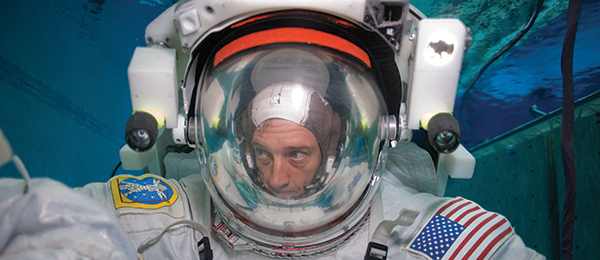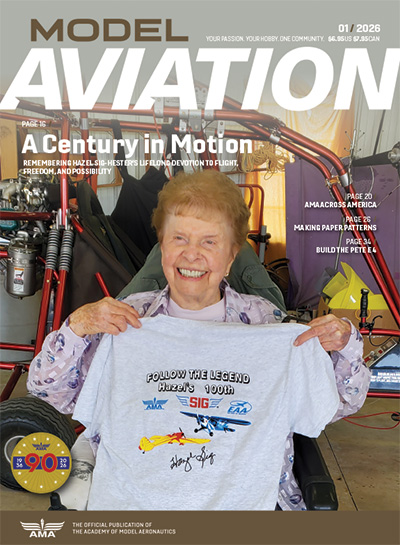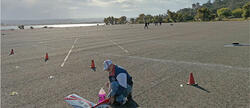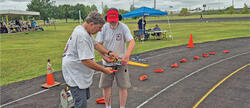

JAY SMITH: How did you become involved with model aviation?
JUAN CRUZ: My uncle introduced me to RC airplane modeling in 1974 when I was 13 years old. That summer, I built my first airplane—a Sterling Models Piper Cub Super Cruiser with a .60 cu. in. SuperTigre engine. My father was an electronic hobbyist and assembled a Heathkit eight-channel radio for me.
JS: How has model aviation impacted your life and/or career?
JC: Model aviation led directly to my career as an aerospace engineer. As a young teen, I had been thinking of a technical career, but it was not clear to me in what field. After I was introduced to model aviation, I found my calling—aeronautics and astronautics.
JS: What disciplines of modeling do you currently participate in?
JC: I returned to model aviation roughly five years ago as an RC sport flier. I attended the 1974 Model Aerolympics in Lakehurst, New Jersey, and was awed by the Scale models.
Finally, 50 years later, I am getting into the Scale discipline. Last year, I got to be a judge at the RC Scale Nats and the National Association of Scale Aeromodelers (NASA) Scale Classic. These events were a great introduction to competitive RC Scale modeling.
JS: What other hobbies do you have?
JC: I usually have only one hobby at a time, which I have practiced for many years. In the past, I have flown full-scale sailplanes and hang gliders. I also enjoyed building and paddling kayaks.
JS: Who or what has influenced you the most?
JC: At the same time that I got started in model aviation, I read Charles Lindbergh’s The Spirit of St. Louis. Lindbergh’s description of how he and Donald Hall designed the Spirit of St. Louis was inspiring to me! I wanted to be an airplane designer! I am fortunate to have been mentored, befriended, and inspired by numerous individuals throughout the years, including high school teachers, fellow college students, colleagues, and supervisors.
JS: What projects have you worked on throughout your career?
JC: I spent several years working on human-powered airplanes at the Massachusetts Institute of Technology (the Monarch, Light Eagle, and Daedalus). These airplanes are essentially very large models. (Daedalus had a wingspan of 112 feet and an empty weight of 68.5 pounds.) The Light Eagle and Daedalus hold six Fédération Aéronautique Internationale world records that stand to this day.
For a few years, I worked in general aviation on the Beech Model 2000 Starship. I joined NASA in 1988. At NASA, I have been a part of teams that have executed six safe landings on Mars. I am currently working on the Dragonfly Mission, which will place a large octocopter (899 kilograms—the size of a small car) on the surface of Titan, Saturn’s largest moon.
JS: What impact did aeromodeling have on you with becoming an engineer and working at NASA?
JC: Model aviation directly led me to becoming an engineer. What I learned by building and flying models as a teenager helped me to get the most of my college education in aerospace engineering. I could see how what I was learning applied in practice.
Something I learned by building models is the ability to think through a project in an organized manner—a skill that has been very useful in my work on NASA missions. Conversely, my training and experience as an aerospace engineer has greatly enhanced my enjoyment of model aviation. I love seeing theory in practice!









Comments
Add new comment